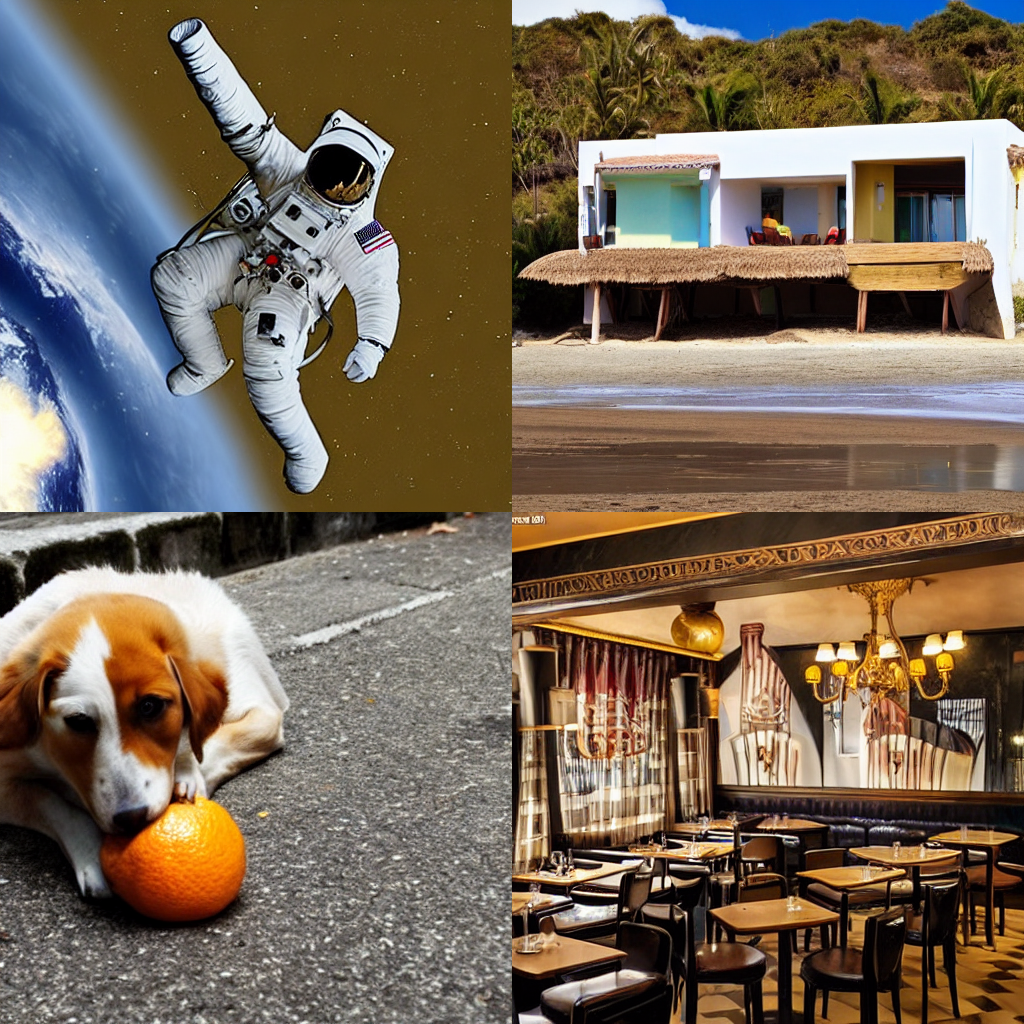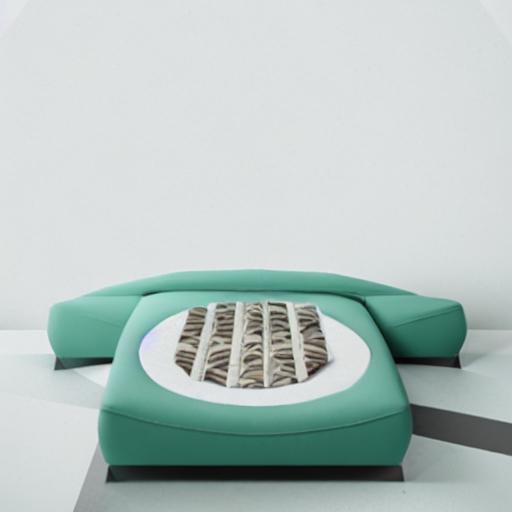Diffusers documentation
Community pipelines
Community pipelines
For more context about the design choices behind community pipelines, please have a look at this issue.
Community pipelines allow you to get creative and build your own unique pipelines to share with the community. You can find all community pipelines in the diffusers/examples/community folder along with inference and training examples for how to use them. This guide showcases some of the community pipelines and hopefully it’ll inspire you to create your own (feel free to open a PR with your own pipeline and we will merge it!).
To load a community pipeline, use the custom_pipeline argument in DiffusionPipeline to specify one of the files in diffusers/examples/community:
from diffusers import DiffusionPipeline
pipe = DiffusionPipeline.from_pretrained(
"CompVis/stable-diffusion-v1-4", custom_pipeline="filename_in_the_community_folder", use_safetensors=True
)If a community pipeline doesn’t work as expected, please open a GitHub issue and mention the author.
You can learn more about community pipelines in the how to load community pipelines and how to contribute a community pipeline guides.
Multilingual Stable Diffusion
The multilingual Stable Diffusion pipeline uses a pretrained XLM-RoBERTa to identify a language and the mBART-large-50 model to handle the translation. This allows you to generate images from text in 20 languages.
import torch
from diffusers import DiffusionPipeline
from diffusers.utils import make_image_grid
from transformers import (
pipeline,
MBart50TokenizerFast,
MBartForConditionalGeneration,
)
device = "cuda" if torch.cuda.is_available() else "cpu"
device_dict = {"cuda": 0, "cpu": -1}
# add language detection pipeline
language_detection_model_ckpt = "papluca/xlm-roberta-base-language-detection"
language_detection_pipeline = pipeline("text-classification",
model=language_detection_model_ckpt,
device=device_dict[device])
# add model for language translation
translation_tokenizer = MBart50TokenizerFast.from_pretrained("facebook/mbart-large-50-many-to-one-mmt")
translation_model = MBartForConditionalGeneration.from_pretrained("facebook/mbart-large-50-many-to-one-mmt").to(device)
diffuser_pipeline = DiffusionPipeline.from_pretrained(
"CompVis/stable-diffusion-v1-4",
custom_pipeline="multilingual_stable_diffusion",
detection_pipeline=language_detection_pipeline,
translation_model=translation_model,
translation_tokenizer=translation_tokenizer,
torch_dtype=torch.float16,
)
diffuser_pipeline.enable_attention_slicing()
diffuser_pipeline = diffuser_pipeline.to(device)
prompt = ["a photograph of an astronaut riding a horse",
"Una casa en la playa",
"Ein Hund, der Orange isst",
"Un restaurant parisien"]
images = diffuser_pipeline(prompt).images
make_image_grid(images, rows=2, cols=2)
MagicMix
MagicMix is a pipeline that can mix an image and text prompt to generate a new image that preserves the image structure. The mix_factor determines how much influence the prompt has on the layout generation, kmin controls the number of steps during the content generation process, and kmax determines how much information is kept in the layout of the original image.
from diffusers import DiffusionPipeline, DDIMScheduler
from diffusers.utils import load_image, make_image_grid
pipeline = DiffusionPipeline.from_pretrained(
"CompVis/stable-diffusion-v1-4",
custom_pipeline="magic_mix",
scheduler=DDIMScheduler.from_pretrained("CompVis/stable-diffusion-v1-4", subfolder="scheduler"),
).to('cuda')
img = load_image("https://user-images.githubusercontent.com/59410571/209578593-141467c7-d831-4792-8b9a-b17dc5e47816.jpg")
mix_img = pipeline(img, prompt="bed", kmin=0.3, kmax=0.5, mix_factor=0.5)
make_image_grid([img, mix_img], rows=1, cols=2)
